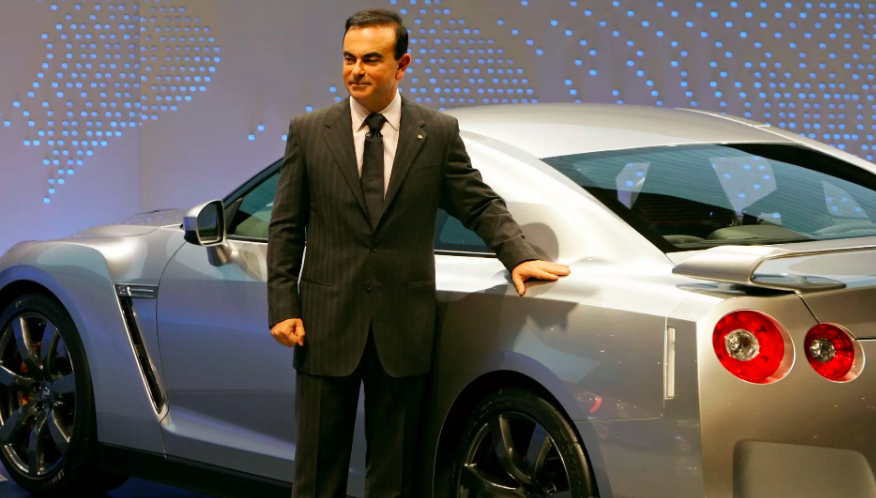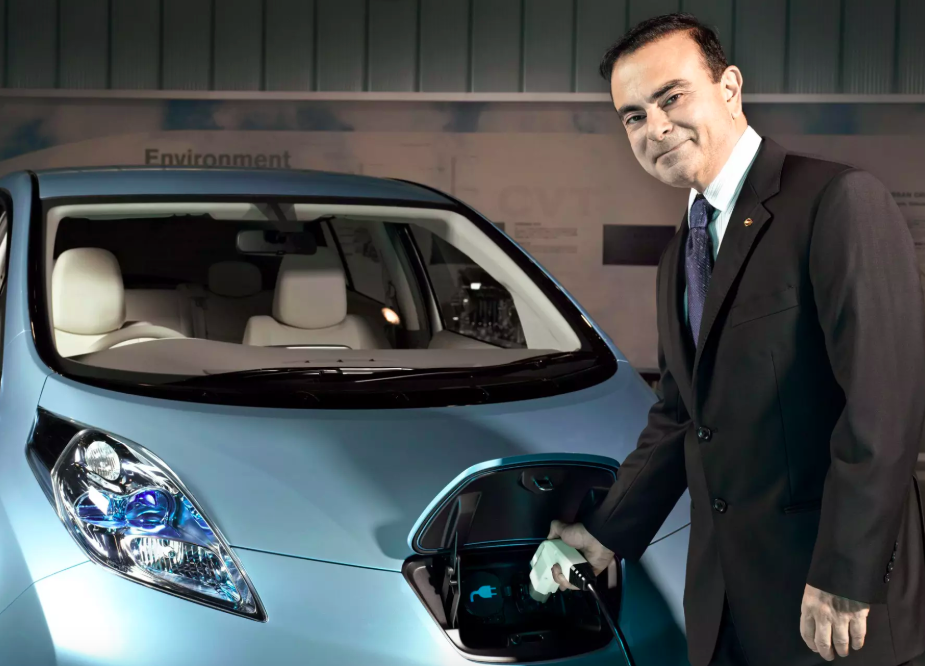Carlos Ghosn Is Gone From Japan

The former Chairman and CEO of the Renault-Nissan-Mitsubishi Alliance who joined Nissan in May 2005 is on trial for miss-reporting his salary for years. This is the man who has been in the global automotive limelight with his reworking of Renault, then followed by his bold moves at Nissan and most recently, his bid for Mitsubishi.
The former engineer took the task to resurrect the USD35 billion debt that Nissan held. In just six years, Ghosn resurrected Nissan to become Japan’s No. 2 automaker, its market capitalization had quintupled, it had surpassed Honda and its operating margin had risen tenfold with products like the Altima, Murano and Titan.
Now, in 2020, under house arrest in Japan, Carlos Ghosn had managed to escape to his native Lebanon via a quiet lounge in a corner of Japan’s third-largest airport was likely the last stop for Carlos Ghosn before he fled the country, transforming the former Nissan chairman into one of the world’s most famous fugitives.

Reuters: Ghosn departed on a private jet from Kansai International Airport in the western city of Osaka, the plane’s operator said, meaning he would have left from the small lounge area used exclusively for private flights.
The aircraft operator, Turkish firm MNG Jet, said one of its employees had admitted falsifying records by not including Ghosn’s name in the official documentation.
Ghosn faces charges relating to alleged financial crimes in Japan and was able to orchestrate his departure despite being under strict surveillance by Japanese authorities, with movements and communications curtailed. He denies the financial misconduct charges.
“He would have had to go through as a passenger, perhaps in disguise,” airport spokesman Kenji Takanishi told Reuters.
The slightly built former Nissan boss has concealed his identity before: when first released on bail in March, he walked out of the detention center disguised as a workman to avoid media.
After landing in Turkey, Ghosn switched planes and flew on to his childhood home, Lebanon. His escape capped a year-old saga which has gripped the global auto industry.
Kansai airport spokesman Takanishi said privacy was a big attraction for wealthy travelers at the “Premium Gate Tamayura” — which means “fleeting moment” — for private jets.
Private jet owners pay 200,000 yen (RM7,590) to use the facility in Osaka, where normal immigration and baggage procedures apply. Luggage too large for the X-ray scan is opened and examined, Takanishi said, meaning it was unlikely Ghosn could have been smuggled on board.
Yet immigration officials have no record of him leaving, public broadcaster NHK has reported. The former auto executive holds French, Brazilian and Lebanese citizenship.
“I think I would recognize Ghosn if I took a good look at his face, but we don’t really look at people’s faces,” said a security guard at the private gate.
“It would be harder to spot him if he was wearing a disguise or was in a group.”
One airport official, who also declined to be identified, said airlines often outsource security and luggage checks to private security companies in Japan, unlike other countries where government or military officials normally do them.
Outside the terminal entrance, a dedicated parking lot stands less than 110 yards away, allowing a degree of privacy not afforded to commercial jet passengers.




